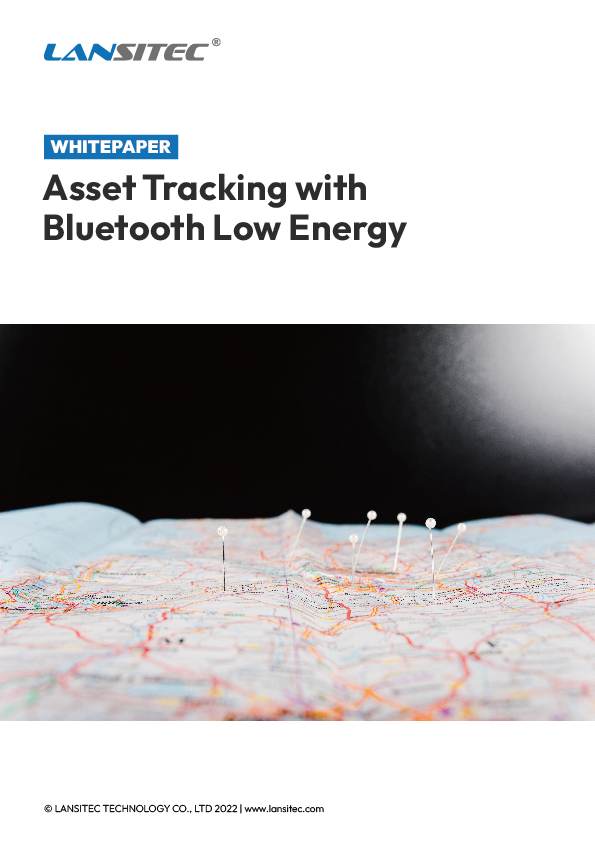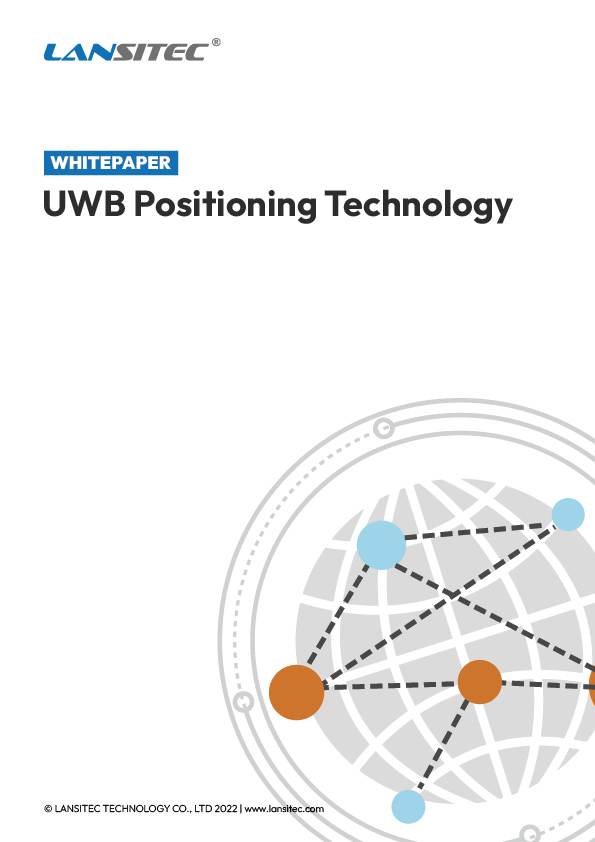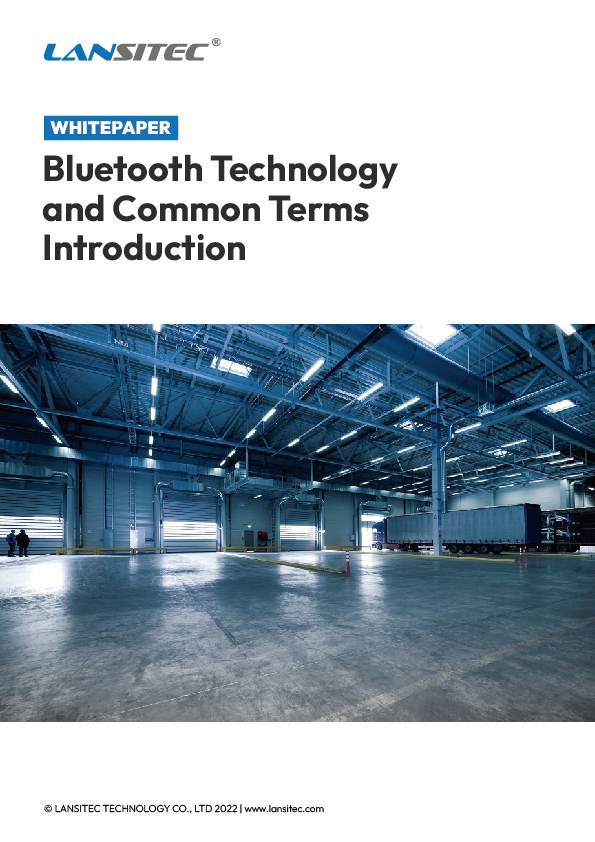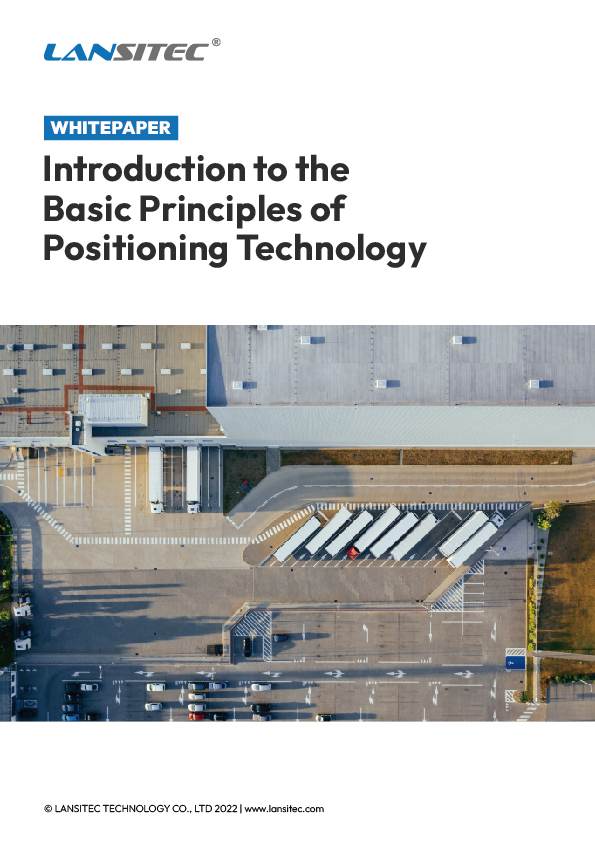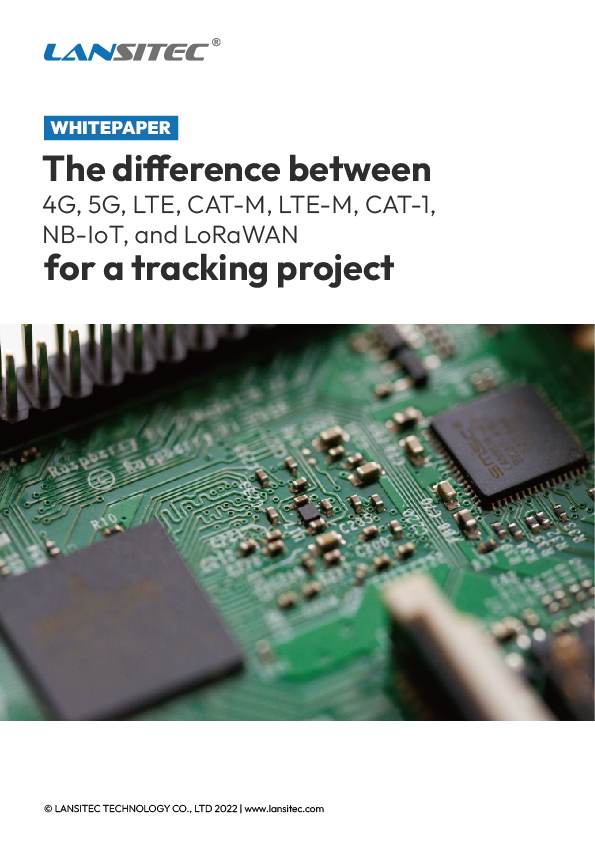BLE, also known as Bluetooth Low Energy technology, originated from Nokia’s Wibree technology in 2006. This technology is similar to Bluetooth technology but only consumes a fraction of the battery power equivalent to Bluetooth technology. The technology was later integrated into Bluetooth and became part of the Bluetooth 4.0 technical specification released by the SIG (Special Interest Group) in 2010.
The BLE protocol stack is shown in the figure below. BLE is a different set of protocols than traditional Bluetooth, and the corresponding device does not implement backward compatibility.
So Bluetooth Low Energy (BLE) Supports Three Device Types:
Classic Bluetooth Devices
Classic Bluetooth devices, called Bluetooth basic rate/enhanced data rate (BR/EDR) BR/EDR: devices that only support traditional Bluetooth, such as some legacy devices and old mobile phones. Classic Bluetooth uses SPP (Serial Port Profile) to transfer data. SPP defines the Bluetooth device requirements needed to emulate a serial cable connection between two peer devices using RFCOMM setup.
Bluetooth Smart Ready Devices
Known as Bluetooth 4.0 dual mode, support both classic Bluetooth and LE mode devices, being supported by new mobile phones, notebooks, tablet computers such as iOS and Android systems. The dual-mode controller integrates both of the BR/EDR controller and the LE controller, so it support two Bluetooth protocols.
Bluetooth Smart Devices
Also called BLE single-mode. It uses LE controllers and only supports LE-mode devices. Beacon devices only support low energy protocols (LE low power protocols), so they can run for a long time power by a button battery.
Bluetooth Low Energy technology operates in the same spectrum range (the 2.400– 2.4835 GHz ISM band) as classic Bluetooth technology, but uses a different set of channels.
Instead of the classic Bluetooth 79 1MHz channels, Bluetooth Low Energy has 40 2MHz channels. The bit rate is 1 or 2 Mbit/s. And the advertising and receiving channels are 37, 38 and 39.
Bluetooth BR/EDR vs Bluetooth LE
| Feature | Bluetooth BR/EDR | Bluetooth LE |
|---|---|---|
| Frequency Band | ISM 2.4000GHz ~ 2.4835GHz | ISM 2.4000GHz ~ 2.4835GHz |
| Channels | 79 channels | 40 channels (37 data + 3 advertising) |
| Channel Bandwidth | 1 MHz | 2 MHz |
| Spread Spectrum | 1600 hops/sec frequency-hopping spread spectrum (FHSS) | FHSS |
| Modulation Scheme | GFSK, DQPSK, DPSK | GFSK |
| Power Usage | 1W | ~0.001W to 0.1W (depends on interval) |
| Data Rate | – BR PHY (GFSK): 1 Mb/s – EDR PHY (DQPSK): 2 Mb/s – EDR PHY (DPSK): 3 Mb/s | – LE Coded PHY (S=8): 125 Kb/s – LE Coded PHY (S=2): 500 Kb/s – LE 1M PHY: 1 Mb/s – LE 2M PHY: 2 Mb/s |
| Device Discovery | Inquiry or paging | Advertising |
| Device Address Privacy | None | Private device addressing supported |
Bluetooth BR/EDR vs Bluetooth LE – Application Comparison
| Application Area | Bluetooth BR/EDR | Bluetooth LE |
|---|---|---|
| Network Topology | Peer to peer | Peer to peer, Broadcast, Mesh |
| Audio Applications (headsets, watches, speakers) | Supported | Supported |
| Positioning & Direction Finding1. Asset & people tracking2. Indoor navigation3. Beacon-based services | Not supported | Supported |
| Data Transmission Applications• Display devices: E-ink• Medical/health: heart-rate monitor• Sports/fitness: step counter, watches | Not supported | Supported |
| Device Network Applications• Sensors: temperature, pressure, liquid level• Monitoring systems: tire pressure• Remote control devices | Not supported | Supported |
Note 1. Channel 37, 38, and 39 are called the Primary Advertising Channels; the other 37 channels are for Secondary Advertisements and for data transfer after a connection is built.

Explore the Whitepaper: Bluetooth Technology and Common Terms Introduction.



